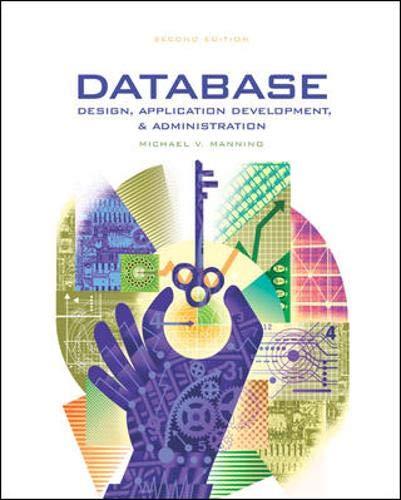Question
Question : Suppose a typical program has an instruction mix of 40%, 15%, 20%, and 25% for instruction types A, B, C, and D respectively.
Question : Suppose a typical program has an instruction mix of 40%, 15%, 20%, and 25% for instruction types A, B, C, and D respectively. On processor P1, the CPIs for these instruction types are 1, 2, 3, and 4 respectively, and the clock rate is 2GHz. One representative program, S, executes 1 million instructions. (a). Processor P2 has the same ISA but needs 2 CPI for all instruction types. What clock rate would P2 need to have the same performance as P1? ( b). An I/O operation of b bytes takes 3b+5 s. Program S is like S but must also do k bytes of I/O, though the I/O may be split into any number of transfers (e.g.,k transfers of 1 byte each, k/2 transfers of 2 bytes each, . . ., 1 k-byte transfer). The system designers would prefer to do multiple small transfers to avoid hogging the I/O bus. There is also a requirement that S takes at most 3 times as long to run as S. How best do you split the I/O while keeping system designers happy? You may assume that k is large enough to avoid using floor and ceiling functions (as an approximation), and ranges over values for which your result makes sense
Step by Step Solution
There are 3 Steps involved in it
Step: 1

Get Instant Access to Expert-Tailored Solutions
See step-by-step solutions with expert insights and AI powered tools for academic success
Step: 2

Step: 3

Ace Your Homework with AI
Get the answers you need in no time with our AI-driven, step-by-step assistance
Get Started


